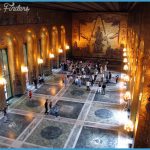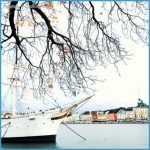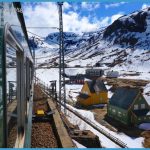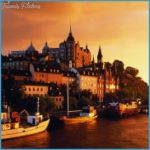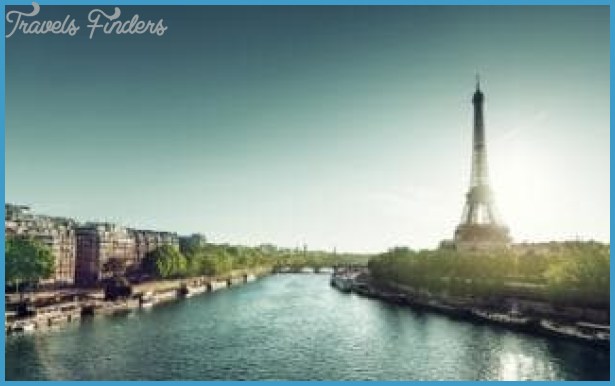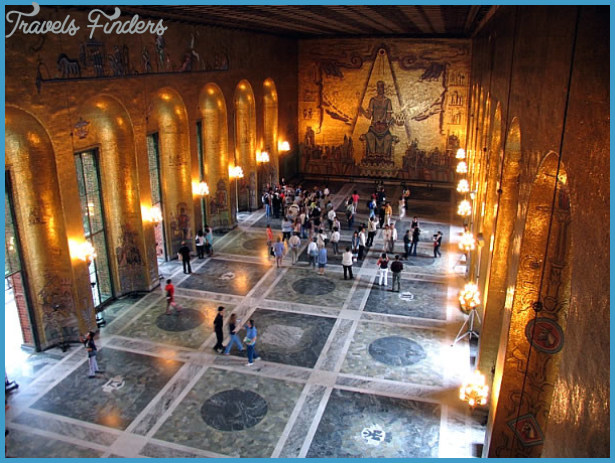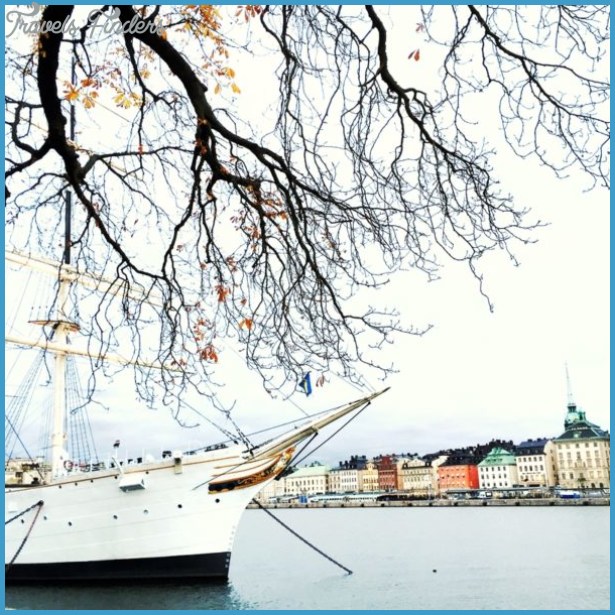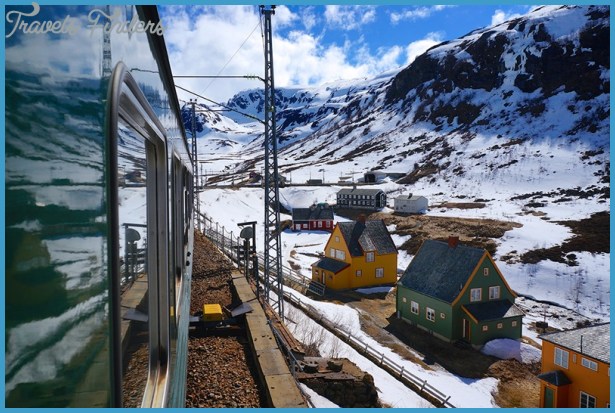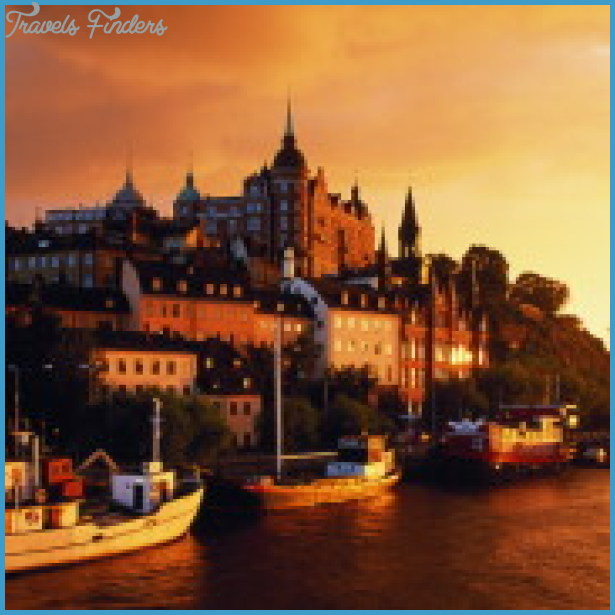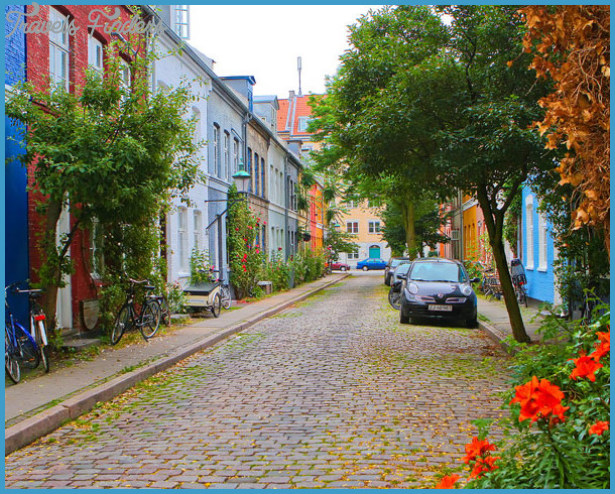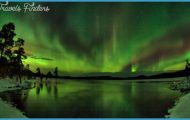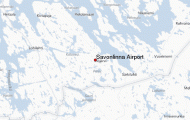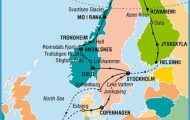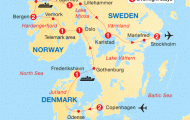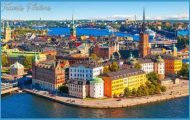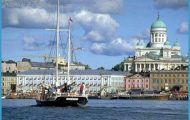In some 600 restaurants a typical Danish meal, under the name Danmenu, is served at a reasonable price.
In Sweden, the food is substantial and nourishing. The meal usually begins with cold hors-d’oeuvre (smorgas), which is either served at the table on a small plate or set out on a side table (smorgasbord). This consists of cold meat, fish, vegetable salads, egg dishes and cheese, and is known, according to the quantity and variety of food offered, as assietter or delikatess assietter. Particular delicacies are smoked salmon and smoked reindeer meat. The largest smorgasbord is the gaende bord, a long table with a great range of cold and hot dishes to which each guest helps himself. Visitors to Sweden at the beginning of August may have the opportunity of participating in one of the crayfish feasts which take place at this time of the year. A popular snack, sold at street kiosks, is korv med mos (sausage and mash). Knackebrod and hartbord are types of crispbread, the popularity of which has spread to many othercountries. As in Denmark, a meal is often accompanied by a glass of snaps.
In Norway, the cold buffet (koldbord) is also a national tradition, and the large side table set out with a great variety of appetising dishes is a regular feature of breakfast or dinner in a Norwegian restaurant. The special menu listing various kinds of open sandwiches is less commonly found than in Denmark. There are only a few types of sausage of the European type, and most visitors are likely to prefer ham and cold meat. Particularly popular in Norway are geitost (goat’s milk cheese) and mysost, a sweetish whey-cheese, brownish in colour, which is sliced thin and eaten on bread. A meal often ends with stewed fruit, served with sweet cream. Norway has excellent fish dishes (salmon, trout, cod).
In Finland every visitor should try reindeer meat, either roasted or smoked. A particular Finnish delicacy is crayfish, which are eaten between 20 July and 20 September, boiled in brine with dill seasoning and eaten ice-cold. Aspeciality of the province of Savo (Kuopio) is kalakukko (fish-chicken”), a kind offish and pork pie. The Finnish cold buffet, the equivalent of the Swedish smorgasbord, is the voileipapdyta.
Cafes (kafe, Finnish kahvila) in Scandinavia are usually small establishments serving open sandwiches and other dishes, as well as coffee. Nearer the normal European kind of cafe is a kon-ditori (Finnish also kahvila). Bars in the usual European or American sense ofthe word are found only in the international hotels in the large towns. The Scandinavian bar or matbar (Finnish baari, ruokabaari) is a snack bar.
The Scandinavians tend to be quiet and unassuming, patient themselves and offended by impatience in others. Their honesty, hospitality and helpfulness are proverbial. Visitors should, of course, try to match the behaviour of their hosts.
Dress in Scandinavia is in line with normal western European standards. In Finland, men are expected to wear a jacket and tie in the better restaurants, particularly in the evening. In view of the changeability of the weather and the wide variation in temperature, particularly in the mountain regions, visitors should take warm clothing, and a raincoat is essential. Sturdy footwear is a must, and for walking in Lapland, knee-high Wellington boots are advisable. For walking and climbing in the mountains, the same clothing and equipment are required as for the Alps a point inexperienced climbers too often neglect, although their own safety depends on it. Mountain guides can usually be engaged through hotels or local tourist information offices.


